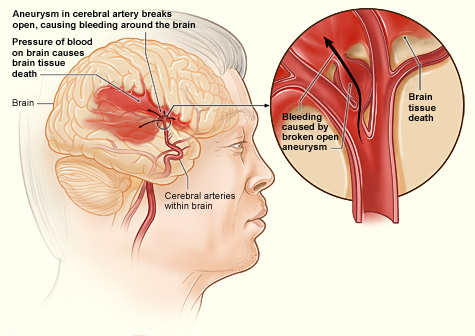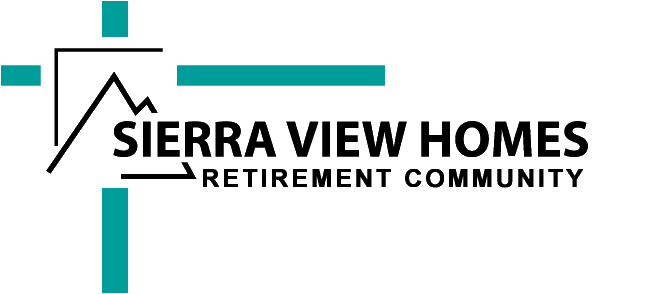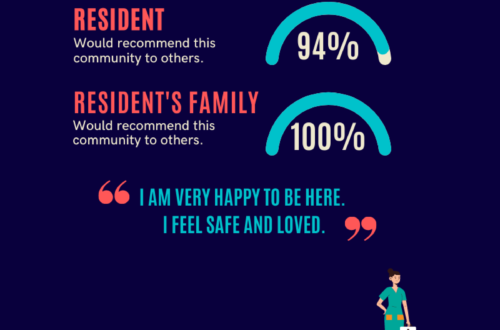
Stroke: Know the Warning Signs!
“I have met a number of people that have had a stroke. Each one has had different consequences- some severe and some with hardly any visible effects. Are there warning signs and can you discuss the different effects strokes have on individuals?” – G.L. of Reedley
The medical terminology for a stroke is a cerebral vascular accident (CVA). A CVA is caused by the blockage of blood flow by a clot or a rupture of an artery in the brain. This can result in sudden death of brain cells due to lack of oxygen. Strokes can create all sorts of disabilities. Depending on where in the brain the stroke happened you can have trouble speaking, the extremities of one side of your body could be limited or not work at all. Reasoning skills could be hindered, eye sight may be changed, or the muscles for swallowing could be weakened. The list of possible disabilities goes on and on. Damage from a stroke can lead to death. Statistics show strokes are rated 3rd in the leading causes of death.
Transient ischemic attack (TIA) is a small stroke, sometimes referred to as a warning stroke. These strokes have the same symptoms as a (CVA) stroke but there is no lasting damage. The symptoms appear for a short time and then recede and your body goes back to normal.
Each year hundreds of thousands of people have strokes (CVA or TIAs). Both of these types of strokes need immediate attention at a medical facility. There is no way to tell if you are having a TIA or the more damaging CVA. Whether or not you recover from the stroke depends on getting to the hospital quickly. There are clot busting medications now that can eliminate or reduce the damage done by a blood clot in the in brain. The blood clot busting medication can reduce long-term effects if it is administered within three hours of the start of the symptoms.
It is important that everyone recognizes the symptoms of any type of stroke:
- Sudden numbness or weakness of the face, arm or leg, especially on one side of the body.
- Sudden confusion, trouble speaking or understanding
- Sudden trouble seeing in one or both eyes
- Sudden trouble walking, dizziness, loss of balance or coordination
- Sudden, severe headache with no known cause.
If you or someone you are with has one or more of these signs, don’t delay to call 9-1-1. It is best to get an ambulance to the scene rather than take the person to the hospital yourself. The ambulance is equipped with emergency equipment. It is good to check the time when the symptoms started. There is a very small window of time to get the necessary medication to circumvent the effects of the stroke. The brain cells start dying quickly when they are deprived of oxygen.
It is difficult to treat a stroke if there has been a delay in getting to the hospital. Reasons for the delay can be denial “I have got this little problem. If I ignore it I am sure it will go away.” Maybe there is nobody around when the stroke happens. If you live alone or are alone for extended periods of time I encourage you to form a buddy system to check up on each other or get something like Lifeline so you have a way to call for help. Fortunately on a retirement campus like Sierra View Homes neighbors look out for each other and are more aware of symptoms to be alerted for. Another reason for the delay is lack of understanding how important it is to get the victim of the stroke to the hospital quickly. Not calling an ambulance can delay treatment.
Not everybody has full recovery from a stroke. Some strokes are caused by bleeding in the brain. Clot busters do not work on this type of stroke. Some areas of the brain when deprived of oxygen just do not come back to full function.
Rehabilitation therapy for the stroke usually follows a stay in the hospital. Therapists try to reprogram the effected area. The first year following the stroke is the period when it is possible to make the most progress toward prior level of function. Once the first year anniversary is passed progress becomes extremely limited. Sierra View Homes rehab center has had a lot of success in improving residents function in both the outpatient and inpatient programs.
The risk factors for having a stroke are high blood pressure, elevated cholesterol, tobacco abuse, diabetes and aging. Also, heart rhythm disturbances like atrial fibrillation and heart disease can cause strokes. Specialists are studying if there can be an inherited predisposition to strokes.
Strokes can be devastating and change the quality of your life. It is important that you looks at the risks factors, makes adjustments in life style to reduce the risk factors and heed the warning signs if they appear. Get to a medical center quickly if you suspect a stroke. Remember the three hour window. If you live alone make sure you have a system to get help in an emergency. Be alert and aware that someone around you could be in trouble so I encourage you to know the warning signs and assist as needed.



